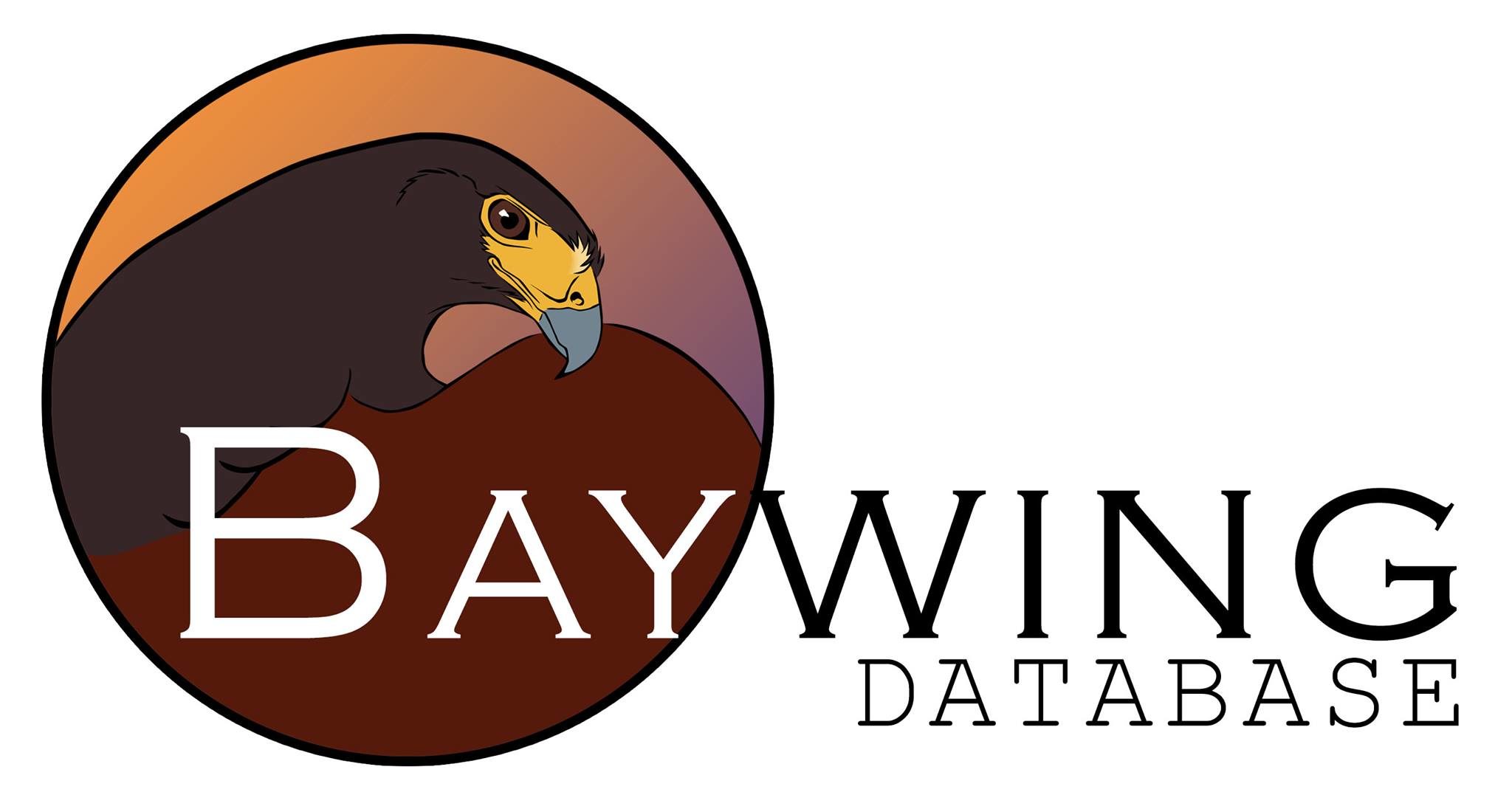Baywing Database FAQs
Are old records of interest? Yes, no matter how old your Harris’s Hawk records are, they are useful and of interest.
What if you don’t know or are not certain of the hawk’s parentage or sex? Submit the data that you are certain of and leave the rest blank. For example, if you have several pairs but did not keep track of the parentage, send Jennifer the data on all of the possible parents, and then leave the sire (father) and dam (mother) fields blank. Having data on only the hawk’s band number and the breeder’s name are still of value, and would be a starting point for a genetic investigation if the hawk shows traits of interest.
Should you wait until the offspring are all sold before submitting data? The records can always be updated, so it is better to submit the breeding records sooner rather than later. That way there is no chance of them being lost.
How do I know which subspecies I have? The two subspecies that are currently recognized are Parabuteo unicinctus unicinctus and P. u. harrisi. The subspecies which occurs in the U.S., Mexico and Central America is harrisi. In South America, a population of Harris’s Hawks inhabiting the western slope of the Andes from western Colombia to northern Peru may also be harrisi (but see Coulson and Coulson 2012). With this one possible exception, the subspecies present throughout most of South America is P. u. unicinctus.
Should I submit data on passage birds? Yes, passage birds are of interest, especially because many of these end up becoming breeders when retired from falconry due to injury or advancing age.
How do I get listed as a breeder on the “Breeders” webpage? To be eligible for this free advertising, you must regularly submit your Harris’s Hawk breeding records to the Baywing Database. If you are submitting data annually, simply let the curator know what contact information to provide.
